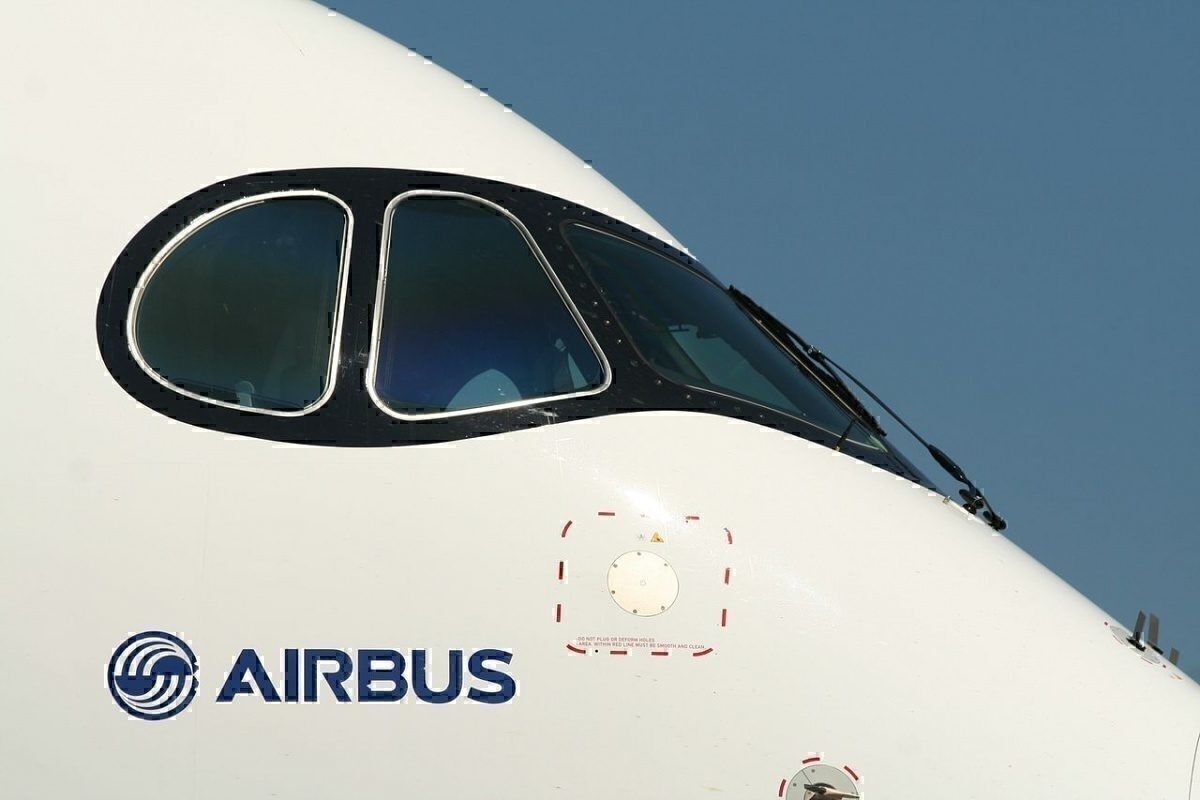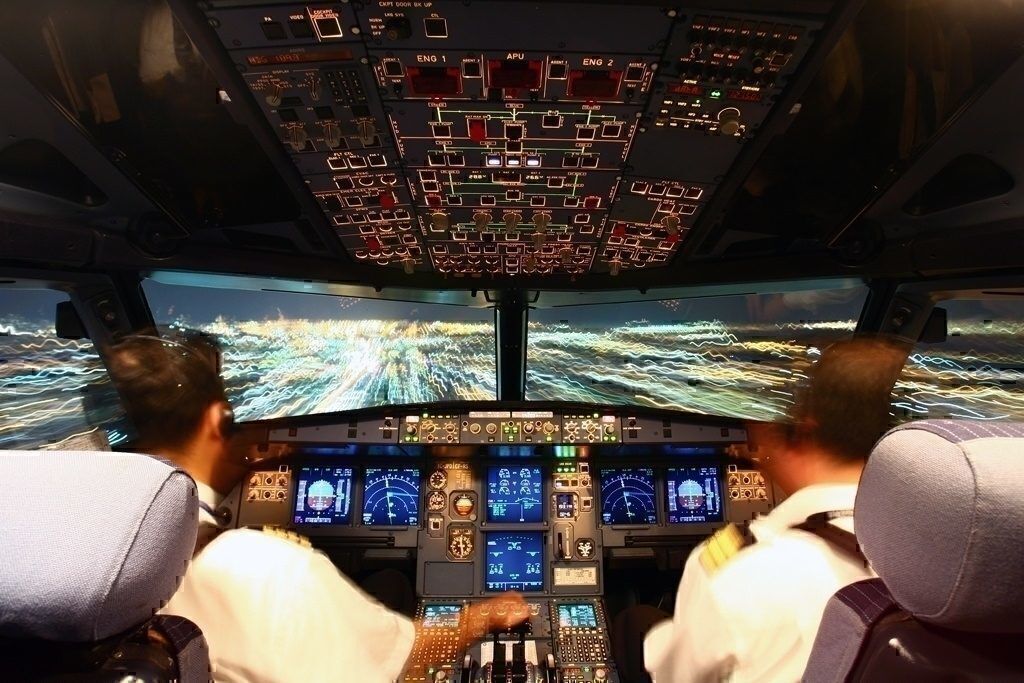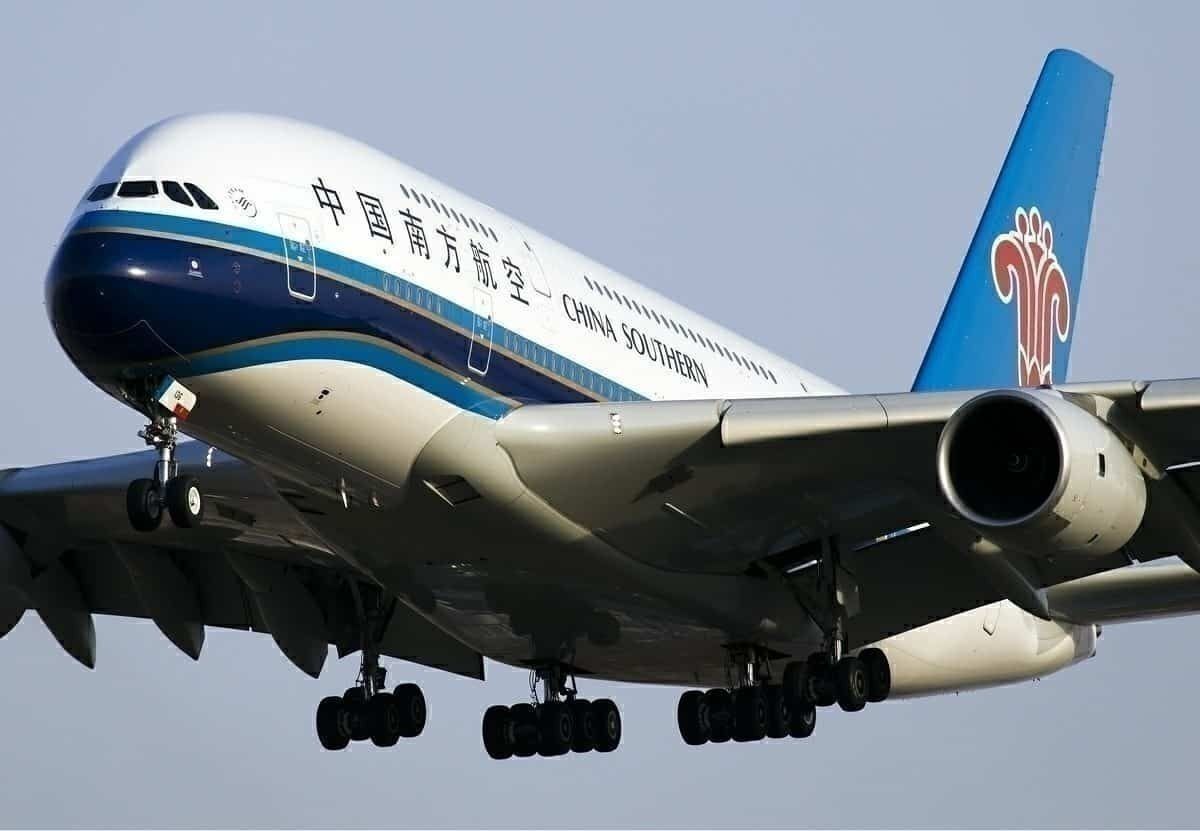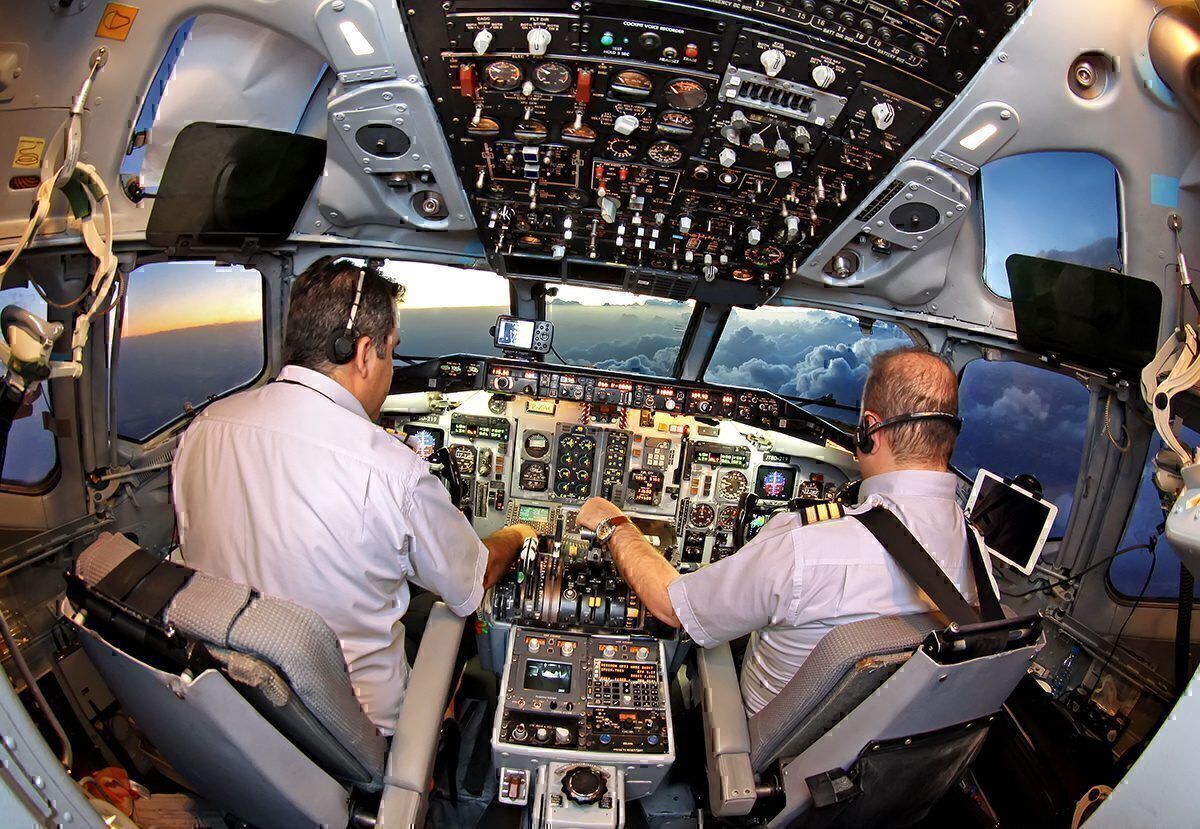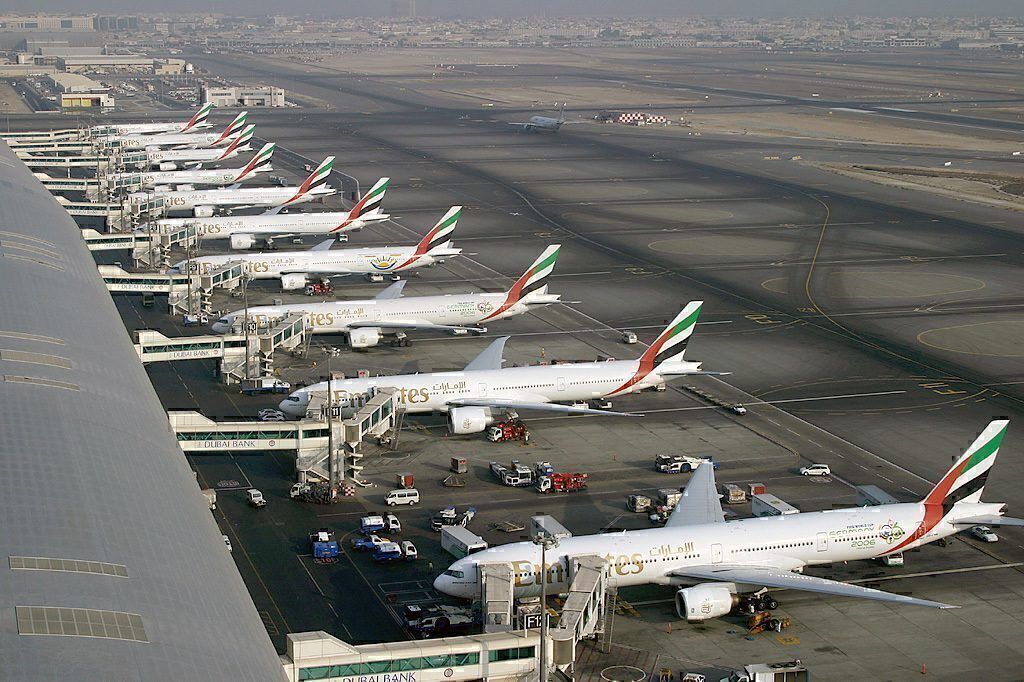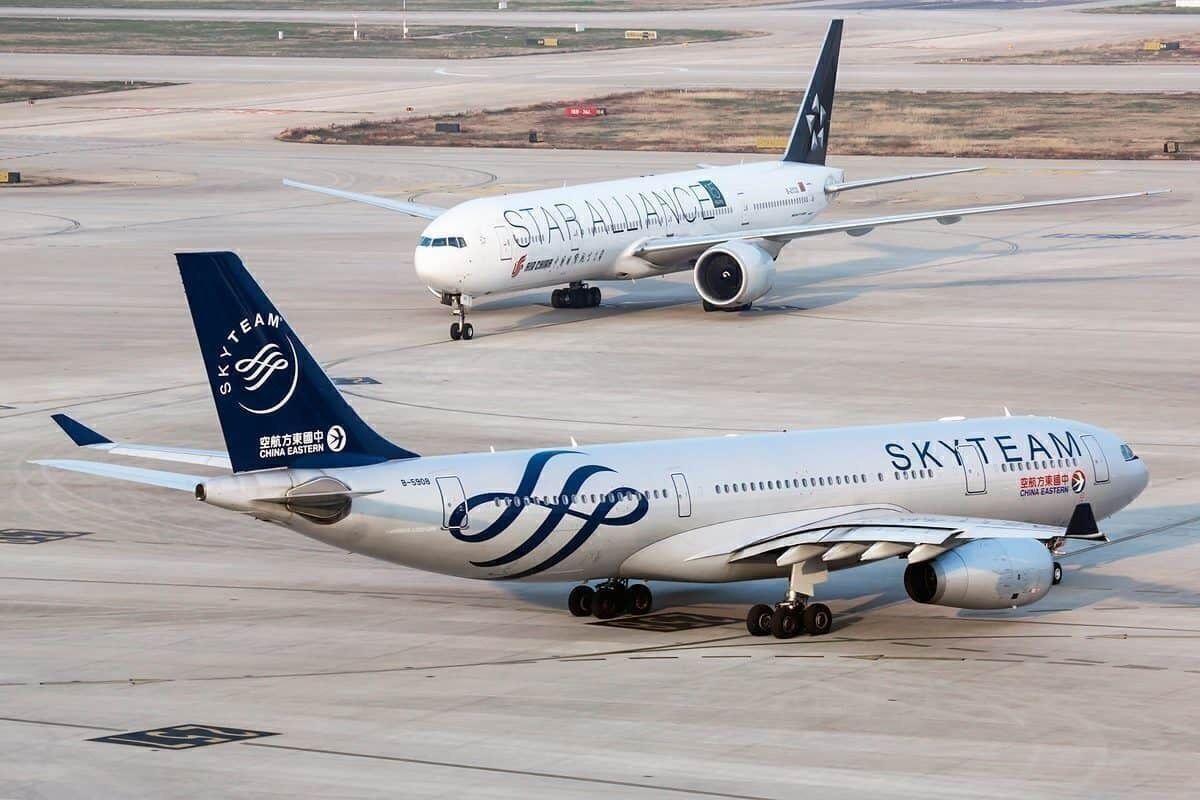By 2038, an estimated 645,000 new pilots will be needed to meet global demand, according to Boeing. The Asia-Pacific region will account for 38% of global requirements, with China, in particular, accounting for more than half of the region's appetite. Here we explore global pilot forecasts, growth drivers, and potential headwinds facing the industry.
Pilot forecasts in numbers
According to Boeing's Pilot & Technician Outlook for 2019 to 2038, over 800,000 civil aviation pilots will be required over the 20-year period. Of the estimated 804,000 pilots, the vast majority, 645,000, could be needed in the commercial sector.
Globally, the Asia-Pacific region will drive most commercial demand (38% or 244,000), followed by North America (20.5% or 131,000) and then Europe (18.4% or 118,000).
Within the APAC region, China is set to account for more than half of local appetite, demanding up to 124,000 new commercial pilots by 2038.
Impressively, the PRC could need more pilots than all of Europe or North America or the Middle East, Latin America, Africa and Russia/ Central Asia combined.
Boeing's analysis compares well to other sources. Airbus, for one, estimates that the APAC region will need 219,000 pilots by 2037.
Growth factors
From a macroeconomic perspective, the Asia-Pacific region is home to some of the world's fastest emerging economies.
According to the International Monetary Fund, India, for one, is set to see a staggering 7.3% real GDP growth-rate in 2019, while China should achieve a close 6.9% increase.
With sustained economic growth over the decades, China's GDP per capita has risen ten-fold since the dawn of the millennium, according to World Bank data.
In turn, Chinese consumers have sought, and are set to continue seeking, ways to spend their increasing amounts of disposable income. This leads to a plausible quadrupling of the country's domestic aviation market.
With a growing appetite for air travel, demand for aircraft has followed, which in turn will necessitate an increase in pilots and other technical staff.
In addition to fueling growth, China, like all other regions, will have to fill vacancies attributed to regular attrition and retirement.
Potentially disruptive headwinds
Taking a broader stance, some analysts worry that recent trade tensions between China and the United States could hinder the availability of U.S. built aircraft in the PRC.
Likewise, trade tensions could dent the PRC's positive economic trajectory, with the PRC's industrial output slowing considerably this past year.
The global aviation industry, however, faces a more pressing issue of its own - a global pilot shortage.
This past June, the creation of three new South Korean airlines was attributed to a localized pilot shortage. Similarly, rumors out of India suggested that Indigo canceled as many as 75 flights due to a lack of aviators this past February.
As a response to international scarcity, select airlines in China and the Middle East are offering pilots tax-free salaries in excess of US$300,000 per year, alongside additional incentives.
Should the pilot shortage be exacerbated, increased demand for pilots could lead to an international "pay-war". This would effectively price out more precarious airlines and, in turn, pass additional costs on to consumers. Thus, plausibly, dampening air travel demand.
Taken together, China is likely set to become the world's leading pilot market. That said, however, political, economic, and industry-specific factors could influence the extent of China's future pilot needs.
What do you think of China's appetite for air travel? Do you believe that the PRC will be the largest aviation market in the future? Do you think the pilot shortage will become a defining issue for the industry? Let us know in the comments.

